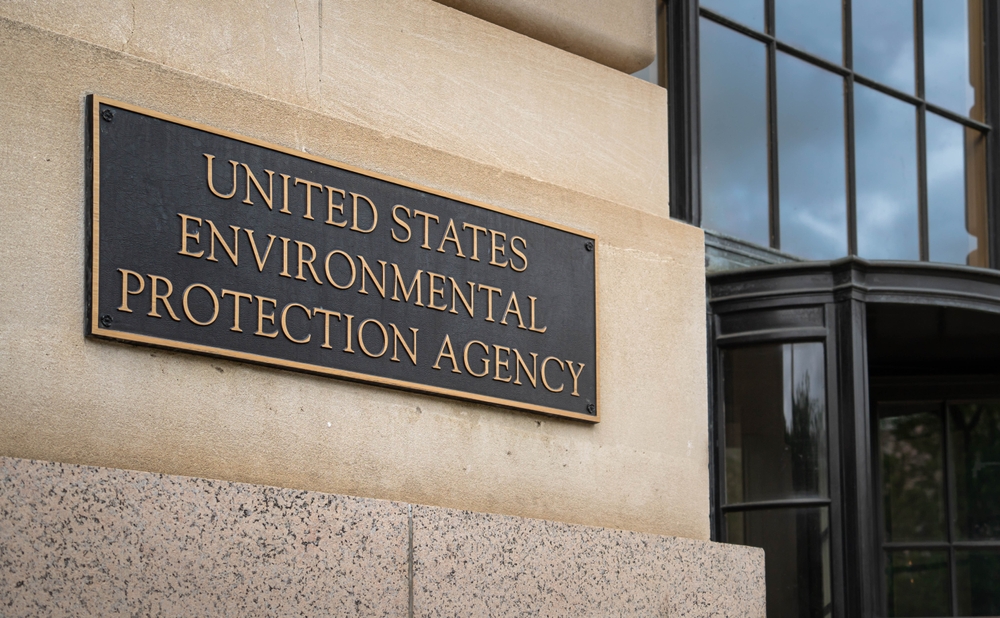In a remarkable step toward environmental protection, the Environmental Protection Agency (EPA) took decisive steps last Friday to address the dangers of two forever chemicals, PFOA and PFOS. By designating these compounds as hazardous under the Superfund law, the EPA hopes to speed up cleanup efforts and ensure that industries responsible for contamination face the cost of rehabilitation.
Recognizing hazardous substances: the EPA moves to address forever chemicals
The EPA’s decision to categorize PFOA and PFOS as dangerous compounds emphasizes the importance of tackling the widespread harm presented by forever chemicals. While the classification does not outright prohibit certain substances, it does require reporting of their release into soil or water and gives the EPA the authority to undertake cleaning actions to protect public health.
According to Michael Regan, EPA administrator, “Designating these chemicals under our Superfund authority will allow EPA to address more contaminated sites, take earlier action, and expedite cleanups—all while ensuring polluters pay for the costs to clean up pollution threatening the health of communities.”
Understanding PFAS: persistent compounds with long-term effects
Forever chemicals, also known as PFAS (per- and polyfluoroalkyl compounds), have penetrated many aspects of modern life, from cookware and firefighting foams. Despite voluntary phase-outs by US manufacturers, PFOA and PFOS remain in the environment because they are resistant to degradation over time. The accumulation of these chemicals in the human body causes serious health hazards, including cancer and developmental problems.
As Joe Biden’s government acknowledges, PFAS pollution is a major hazard to public health. The EPA hopes to alleviate the negative effects of these dangerous substances on communities across the country by addressing the underlying causes of contamination and enforcing strict rules.
Cleanup and accountability: polluters paying the price for environmental restoration
Accountability is one of the key ideas that guide the EPA’s actions. Industries and entities liable for PFAS pollution must now shoulder the financial burden of cleaning operations. Last year, chemical giants DuPont de Nemours, Chemours, and Corteva struck a $1.18 billion deal to address PFAS poisoning in US drinking water systems. Similarly, 3M Co. has begun making payments to public drinking water systems as part of a multibillion-dollar settlement for permanent chemical contamination.
By holding polluters accountable, the EPA guarantees that individuals responsible for environmental degradation face consequences for their actions, establishing a culture of corporate accountability and environmental stewardship.
A step toward prevention: enforcing regulations and holding industries accountable
Beyond restoration, the EPA is taking proactive measures to prevent further contamination. The EPA hopes to stem the tide of contamination at its source by focusing enforcement efforts on corporations and entities that release considerable amounts of PFAS into the environment. This includes manufacturers, federal agencies, and other parties responsible for the production or use of PFAS chemicals.
The EPA’s actions are consistent with recommendations from the National Academies of Science, which classified PFAS as a severe public health issue. By focusing on enforcement and regulation, the EPA aims to protect communities from the detrimental impacts of forever chemicals, guaranteeing a better and more sustainable future for future generations.











